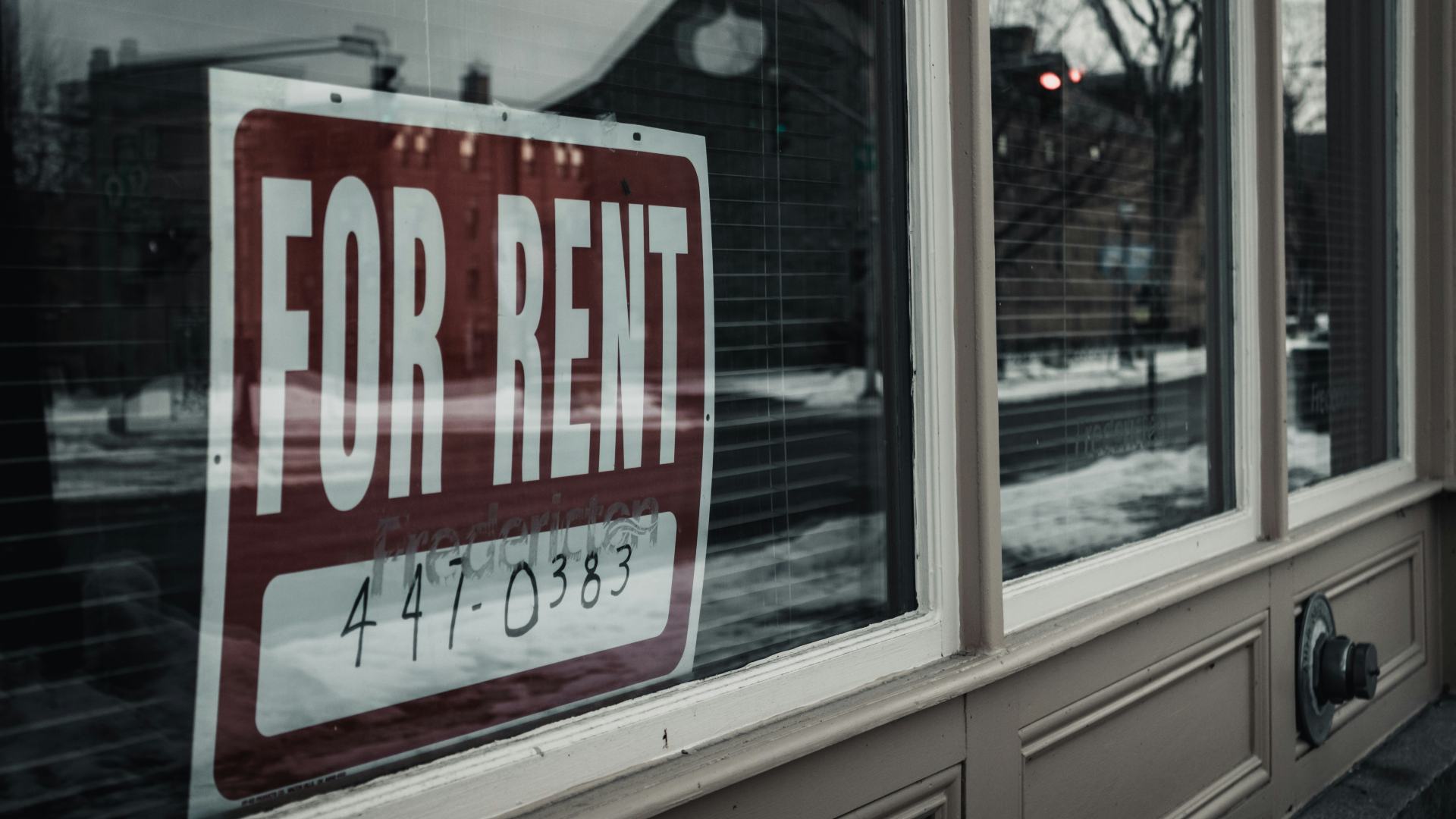A report released Tuesday by the Federal Reserve examines the financial struggles Americans were suffering under as inflation continued to devastate families last year.
The report found that 1 in 6 Americans couldn’t pay their bills and that 65% of Americans had worse finances due to inflation.
Economic Well-Being

Since 2013, the Federal Reserve Board has conducted yearly surveys called the “Survey of Household Economics and Decisionmaking” which attempts to measure the economic stability of US households.
As one might expect, the survey going over the 2023 data did not have too many encouraging results. This recent survey was conducted among 11,000 American adults during October of last year on a variety of subjects.
Not Having Enough

This survey found that some groups in lower-income brackets were struggling more than other groups.
“Lower-income adults were more likely to experience material hardships including not paying all bills, not always having enough to eat, and skipping medical care because of cost,” the Fed report said.
Skipping Meals

Last year, a dunnhumby survey found that 36 percent of US families skipped meals due to financial reasons.
It also found that people 18-34 and 35-44 years old were the most likely age groups to skip meals. 38% of 18-34 year olds reported skipping meals and 37% of 35-44 said the same.
Making it Worse

The survey found that inflation-related price changes had made the financial lives of 65% of US households “worse.” Only 4% of US adults said that price changes had made their financial situation “better” and 31% said the price changes had “little to no effect.”
Among people who found their financial security in a worse position, 19% of those people said it had become “much worse.”
Rent Challenges

The report found that paying rent became increasingly challenging in 2023 compared to 2022.
“The median monthly rent payment was $1,100 in 2023, up 10 percent from 2022. In addition, 19 percent of renters reported being behind on their rent at some point in the past year, up 2 percentage points from 2022,” the report said.
Continuing Trend

Despite inflation falling during 2023, the overall well-being results from 2022 barely changed, suggesting people are still struggling from the fallout of high inflation even after relief. 72 percent of adults in 2023 reported doing “at least okay” financially compared to 73 percent in 2022.
However, this number continues a downward trend from 2021, where 78 percent of Americans reported doing at least okay financially.
Parents Living With Children

While the overall picture from 2022 remains similar, there was a 5 percent decrease in the number of people who reported being at least okay financially from parents living with children under 18 years old.
The report found inflation continued to be the top financial concern on people’s minds, despite the inflation rate being lower than in 2022.
US Inflation Rate

During the COVID-19 pandemic, US inflation skyrocketed. At the beginning of the pandemic inflation started trending downward, but quickly reversed course as the compounding effects of a slowed economy were felt.
In 2022, inflation had reached high levels not seen in 40 years. The inflation level peaked at 9.1% in June 2022 where it had only been 0.6% in June 2020.
Bank Accounts

94% of respondents in the survey reported having a bank account, but the report found noticeable differences between groups on this figure.
Nearly every adult with an income of $100,000 had a bank account, but only 77% of people with an income less than $25,000 said they had a bank account.
Denied Credit

The report found that while the number of US adults applying for credit has remained unchanged in recent years, the number of approvals has not.
Among those who applied for credit, the ones who were denied or approved for less credit rose 2% from 2022 and 5% from 2021.
Despite Challenges People Have Hope

Marc-Olivier Jodoin
A bright spot in the Fed report concerned a slight improvement in people’s perception of their local economies.
In 2022, only 38% of respondents said their local economy was “good or excellent.” 42% of respondents, a solid 4% increase, said the same thing in 2023. However, this number is still well below the 50% number reported by Americans in 2019 just before the pandemic.
